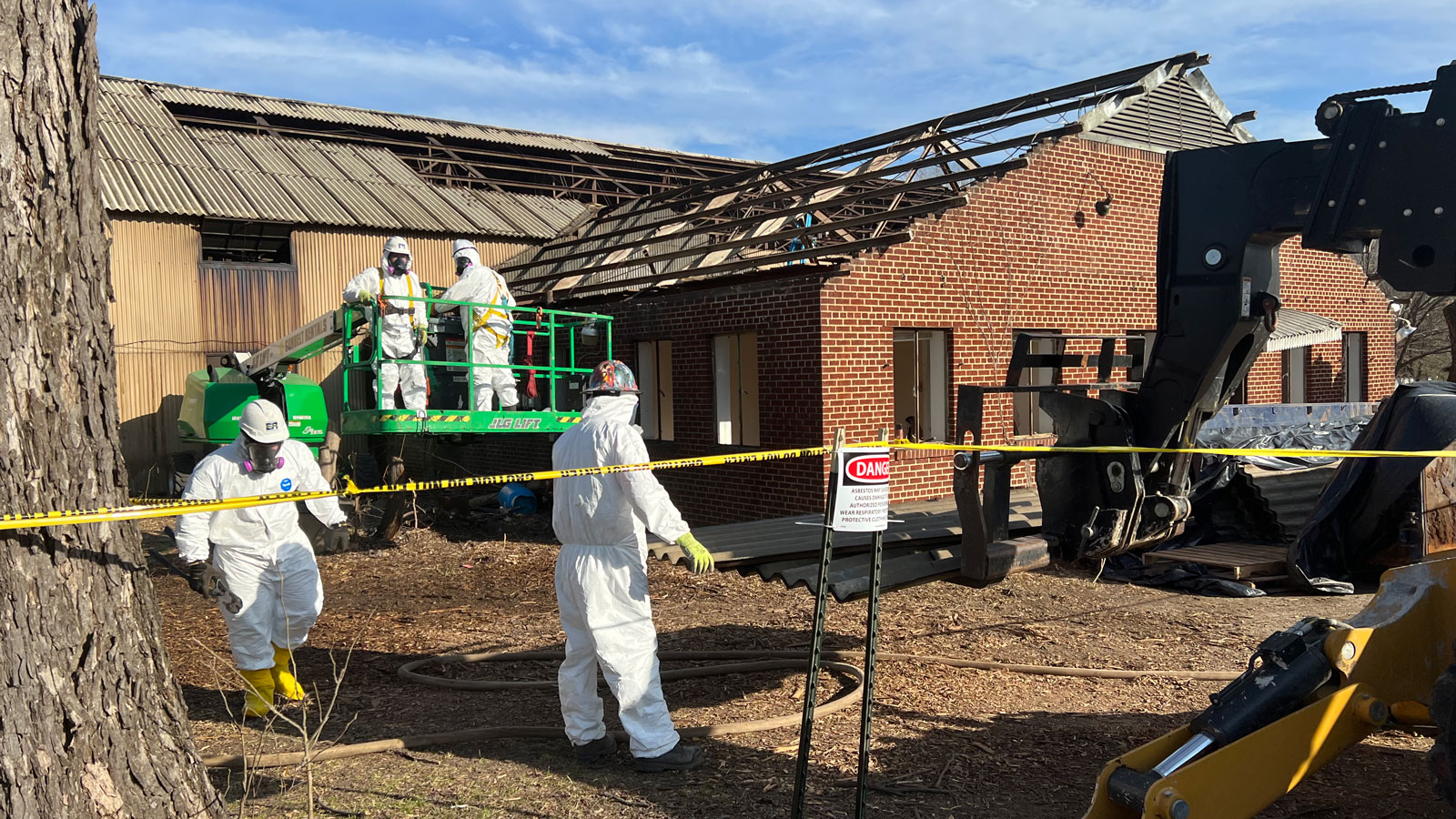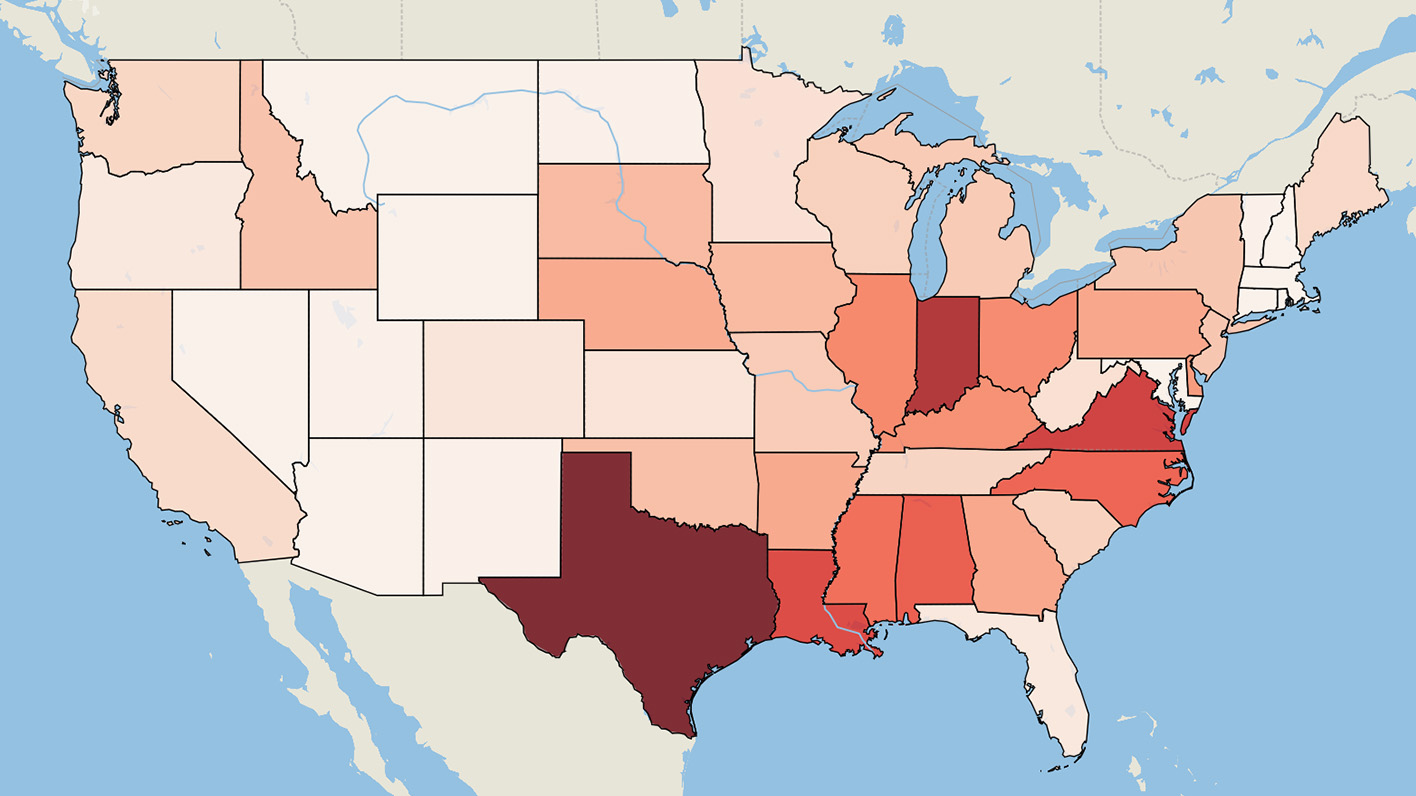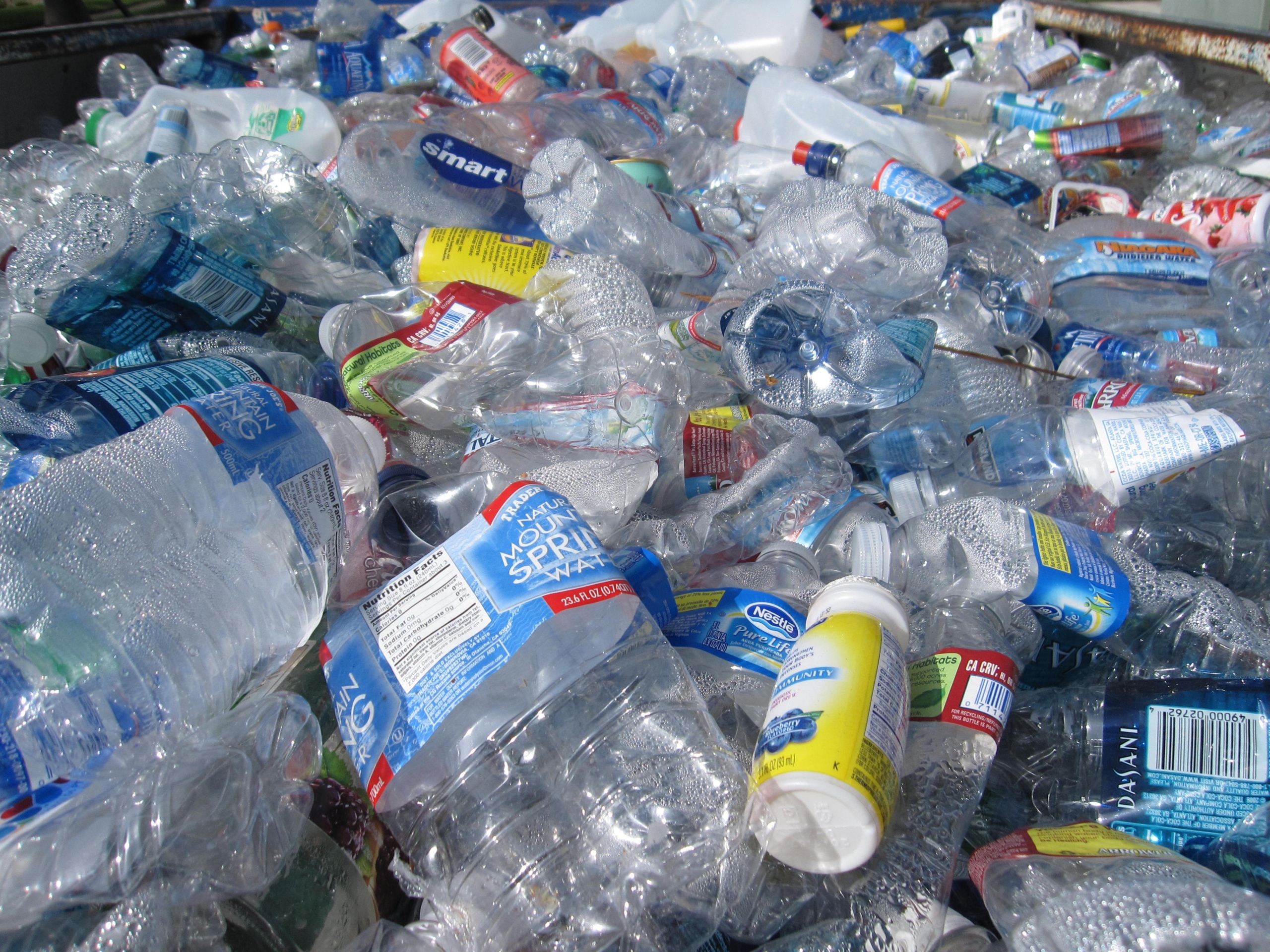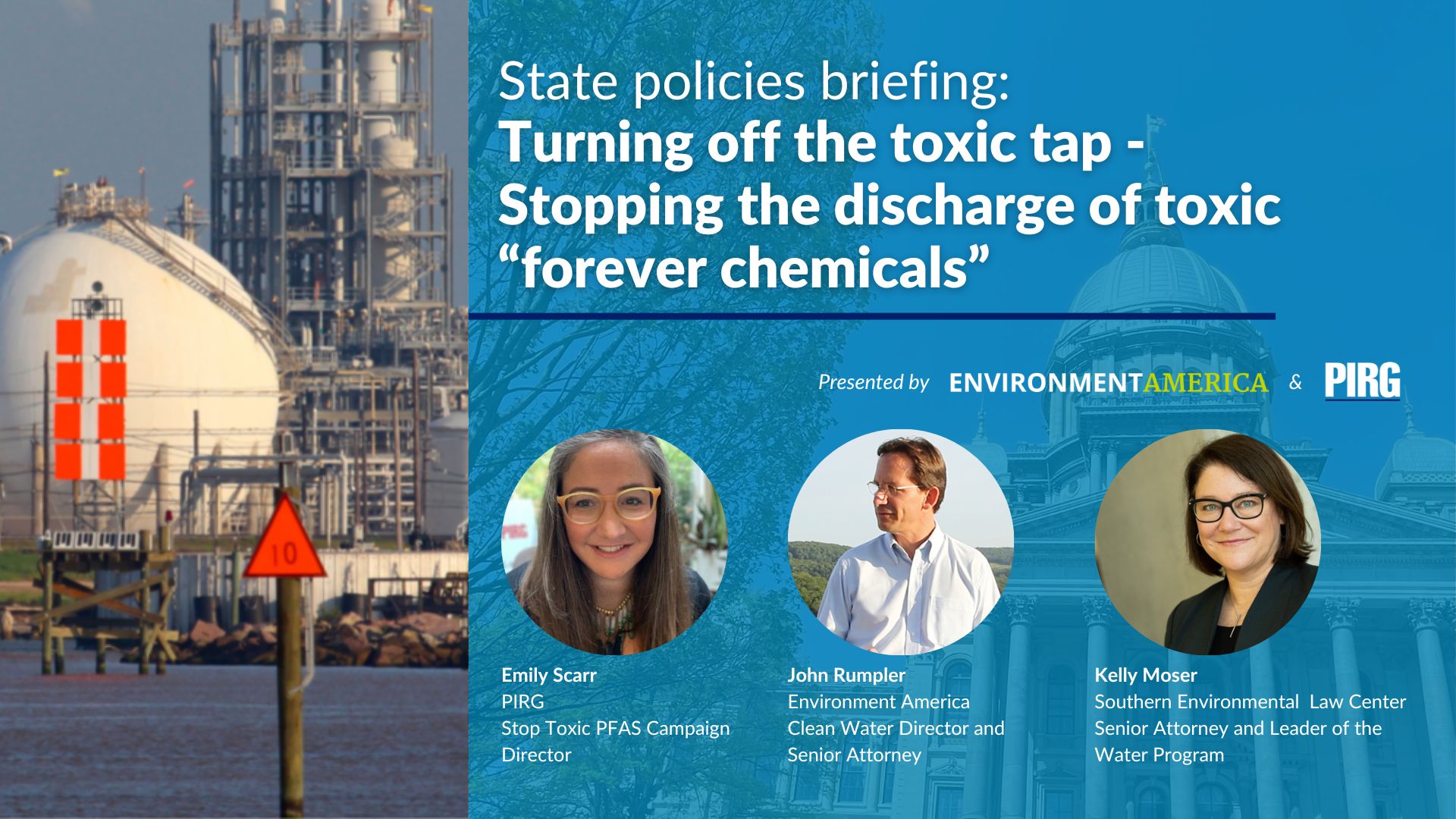
Toxic threats
The chemicals used in everything from perfumes to cleaners to fertilizers should make our lives better — not harm our health or our environment.
There are more than 80,000 chemicals on the market in the United States, used in everything from perfumes and household cleaners to fertilizers and industrial solvents. Surprisingly, most chemicals go into use without testing their long-term impact on our health or the environment. We should make sure that any chemical in use is safe, eliminate any we know are dangerous, and when industries make a toxic mess, we should know right away, and they should pay to clean it up.
The Latest on Toxic threats

Statement: New rule will aid PFAS clean-ups
STATEMENT: EPA restricts toxic ‘forever chemicals’ in drinking water
Updates
We’re making your voice heard on mercury pollution
REI commits to eliminating PFAS from its products
Newest climate deal would hold polluters accountable for toxic waste clean up
Featured Resources

Superfund Back on Track

The Threat of “Forever Chemicals”

Who are the top toxic water polluters in your state?

“Chemical recycling”: What you need to know.
The Latest
Type
STATEMENT: FDA says PFAS completely phased out of U.S. food packaging
Companies had used toxic ‘forever chemicals’ to protect paper, cardboard from grease
Year in review: PIRG’s 2023 highlights
PIRG, its state groups celebrate national, state, local victories for the public interest

Event highlights role of states in stopping industries from dumping toxic PFAS
On Wednesday, experts from PIRG, Environment America and Southern Environmental Law Center discussed what states can do to stop contamination of PFAS from industrial sources.
Updated 2023 mid-hurricane season resource guide: data, resources & interview opportunities
The Atlantic hurricane season lasts from June 1 through November 30. This resource guide can help members of the media cover it more thoroughly and accurately.



